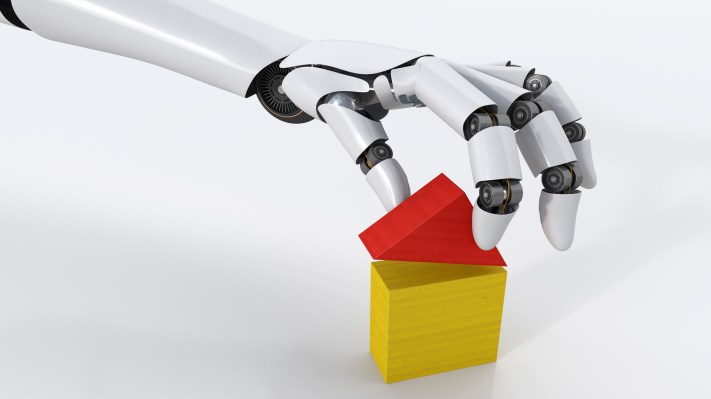Products You May Like
Research papers come out far too frequently for anyone to read them all. That’s especially true in the field of machine learning, which now affects (and produces papers in) practically every industry and company. This column aims to collect some of the most relevant recent discoveries and papers — particularly in, but not limited to, artificial intelligence — and explain why they matter.
This edition, we have a lot of items concerned with the interface between AI or robotics and the real world. Of course most applications of this type of technology have real-world applications, but specifically this research is about the inevitable difficulties that occur due to limitations on either side of the real-virtual divide.
One issue that constantly comes up in robotics is how slow things actually go in the real world. Naturally some robots trained on certain tasks can do them with superhuman speed and agility, but for most that’s not the case. They need to check their observations against their virtual model of the world so frequently that tasks like picking up an item and putting it down can take minutes.
What’s especially frustrating about this is that the real world is the best place to train robots, since ultimately they’ll be operating in it. One approach to addressing this is by increasing the value of every hour of real-world testing you do, which is the goal of this project over at Google.
In a rather technical blog post the team describes the challenge of using and integrating data from multiple robots learning and performing multiple tasks. It’s complicated, but they talk about creating a unified process for assigning and evaluating tasks, and adjusting future assignments and evaluations based on that. More intuitively, they create a process by which success at task A improves the robots’ ability to do task B, even if they’re different.
Humans do it — knowing how to throw a ball well gives you a head start on throwing a dart, for instance. Making the most of valuable real-world training is important, and this shows there’s lots more optimization to do there.
Another approach is to improve the quality of simulations so they’re closer to what a robot will encounter when it takes its knowledge to the real world. That’s the goal of the Allen Institute for AI’s THOR training environment and its newest denizen, ManipulaTHOR.
Simulators like THOR provide an analogue to the real world where an AI can learn basic knowledge like how to navigate a room to find a specific object — a surprisingly difficult task! Simulators balance the need for realism with the computational cost of providing it, and the result is a system where a robot agent can spend thousands of virtual “hours” trying things over and over with no need to plug them in, oil their joints and so on.

